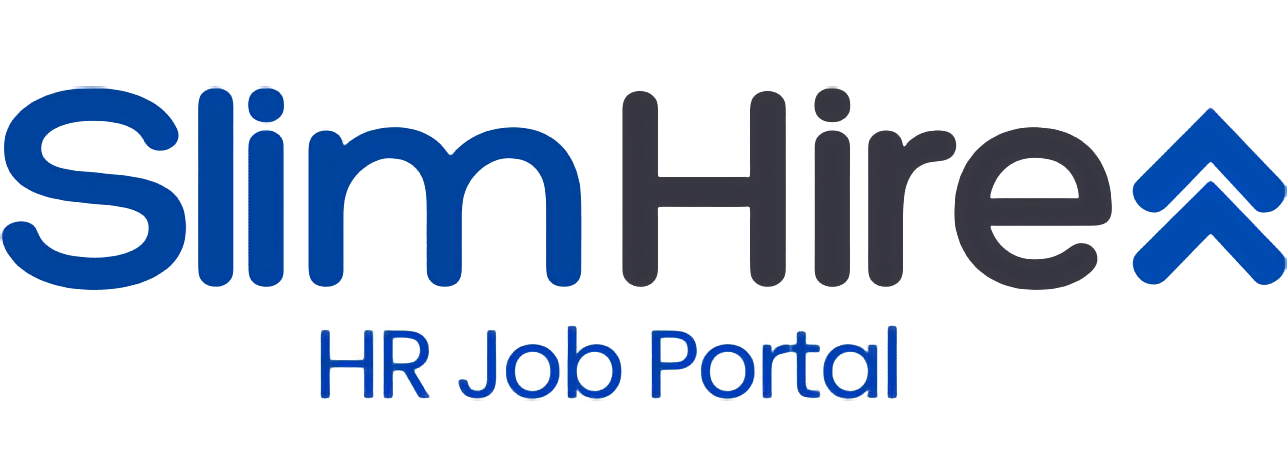How to Curate an HR Talent Pool That’s Always Ready (Not Just When There’s a Vacancy)
One of the biggest mistakes in HR and business leadership is treating talent acquisition as reactive. Especially in Energy, Manufacturing, and Healthcare sectors—where replacements are urgent and critical—you can’t afford to wait 2–3 months just to start a search. This guide outlines a practical, low-lift way to curate and maintain an active HR talent pool, ready before the need arises.
1. Shift from Job-Opening Focus to Role-Fit Thinking
Most companies start looking for candidates only when there’s an official vacancy. By then, it’s too late.
Instead:
- Identify business-critical HR roles prone to turnover or growth needs.
- Pre-define ideal profiles even when the role is not open (e.g. “next HRBP for plant site in Java” or “future C&B expert for group-level policy upgrade”).
This mindset allows you to search proactively—not wait reactively.
2. Use Every Interview as a Talent Mapping Opportunity
For every position you’re hiring:
- Interview 2–3 extra candidates who aren’t perfect for now but could be excellent for future roles.
- Keep notes: readiness level, mobility, expected salary band, functional interest (OD, TA, IR, etc.)
Tag them as:
- “Ready now”
- “6–12 months runway”
- “Needs upskilling”
This turns interviews into a database of future-fit candidates.
3. Build Talent Pools Around Functional Specialties, Not Just Titles
Structure your talent pool based on skill domain rather than just job titles. Create sub-pools such as:
- Talent Acquisition (Tech hiring, Mass recruitment, International mobility)
- Organizational Development (Change projects, Culture interventions)
- C&B (Grade structure, Benchmarking, Variable pay design)
- IR & HRGA (Union negotiation, Permitting, Government audit handling)
This allows faster matching when business needs evolve.
4. Stay in Touch Strategically, Not Emotionally
Avoid the trap of ghost databases. Maintain a lean but living network:
- Share quarterly email updates on company growth or open roles.
- Invite them to join internal HR webinars, talent panels, or learning events.
- Occasionally ask for referrals—not just job applications.
Engaged professionals are 3x more likely to say yes when a real offer comes.
5. Collaborate with External Talent Partners to Extend Reach
Good headhunting firms can curate a custom pool for you over time:
- With role-fit alignment, readiness level, and exclusivity periods.
- Especially helpful for confidential roles or sensitive successions.
Use these partnerships to fill the top 10% strategic roles, not just when there’s a fire.
6. Keep Profiles Updated with Minimal Admin
Don’t over-engineer your internal system. A shared drive with:
- Updated CVs
- Readiness notes
- Role-fit comments
- Salary expectations
…is often enough for HR and business heads to decide fast when a need opens.
Use light tools (like Google Forms or Airtable) to maintain it—speed matters more than tech.
Final Thoughts
A curated HR talent pool is like your power bank—charged before the blackout hits. When roles open, especially in remote plants, hospitals, or distributed teams, having pre-qualified talent shaves weeks off your hiring timeline—and protects business continuity.
